Drill Place
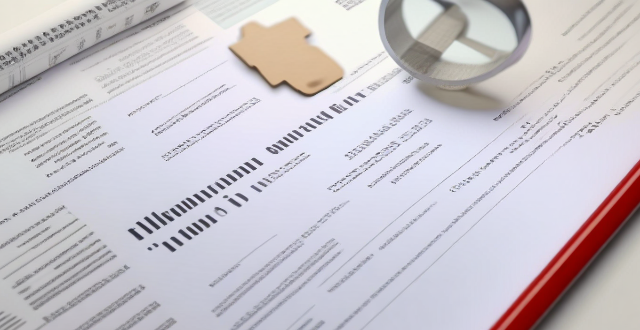
What should be included in a safety drill report ?
In summary, a safety drill report is an essential document that provides a detailed account of the findings and outcomes of a safety drill conducted in an organization or facility. It includes key elements such as header information, purpose of the drill, participation details, drill procedures, performance assessment, findings & recommendations, and conclusion. The report also includes attachments and supporting documents such as photos/videos, attendance records, and emergency contact information. By incorporating these elements into a comprehensive safety drill report, organizations can effectively evaluate their readiness to handle emergencies and continuously improve their safety protocols.

How can we measure the success of a safety drill ?
The article discusses the importance of evaluating safety drills to improve emergency response and preparedness. Key factors to consider include compliance with safety procedures, participant engagement, effectiveness of communications, availability and functionality of equipment and resources, and overall performance. By measuring the success of a safety drill, organizations can identify areas for improvement and ensure that their employees are well-prepared to handle emergency situations effectively.

What are the key steps in performing an earthquake drill at home ?
Earthquake drills are crucial for preparing your family to react quickly and safely during an actual earthquake. Here are the key steps to perform an effective earthquake drill at home: 1. **Preparation**: Inform family members about the purpose of the drill, assign roles, identify safe places, and secure objects. 2. **Drop, Cover, and Hold On**: Drop to your hands and knees, crawl to a safe place, and hold on until the shaking stops. 3. **Relocation Drill**: Practice evacuating safely, agree on a meeting spot, and check in with all family members. 4. **After the Drill**: Review performance, update the emergency plan, and stay informed about local warning systems. 5. **Repeat**: Conduct regular earthquake drills at least once every six months to keep procedures fresh in everyone's minds.

What is a safety drill and why are they important ?
A safety drill is a crucial practice session that simulates emergency situations to prepare individuals and organizations for potential emergencies by practicing evacuation procedures, using safety equipment, and following established protocols. Safety drills are important for several reasons: they familiarize people with emergency procedures, identify weaknesses in current plans, ensure compliance with regulations, maintain readiness, and promote a culture of safety.
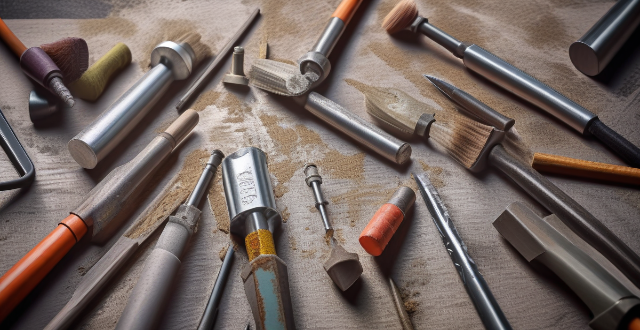
How often should safety drills be conducted in the workplace ?
Regular safety drills are essential for maintaining a safe workplace. The frequency of these drills depends on the type of emergency and local regulations, but they should be frequent enough to keep employees prepared and confident in their ability to handle emergencies. Best practices for safety drills include creating realistic scenarios, encouraging employee involvement, gathering feedback, and documenting each drill.

Are there any specific exercises or drills for skill improvement in basketball/football/tennis, etc. ?
Topic: Skill Improvement Exercises and Drills in Basketball, Football, and Tennis Basketball: - Dribble the ball with alternating hands and in a figure 8 motion to improve ball handling skills. - Practice shooting free throws and spot shooting to enhance accuracy and consistency. - Work on lateral movement and closeout drills to improve defensive positioning and quickness. Football (Soccer): - Pass the ball against a wall and in a triangle formation to improve passing accuracy and touch. - Practice shooting at targets and receiving passes before shooting to enhance shooting accuracy and speed. - Work on marking and tackling drills to improve defensive skills and technique. Tennis: - Hit crosscourt groundstrokes and alternate forehand and backhand shots to improve accuracy and consistency. - Practice serving to targets and focusing on second serves to enhance serving reliability and placement. - Work on lateral movement and net approach drills to improve court coverage and net play.
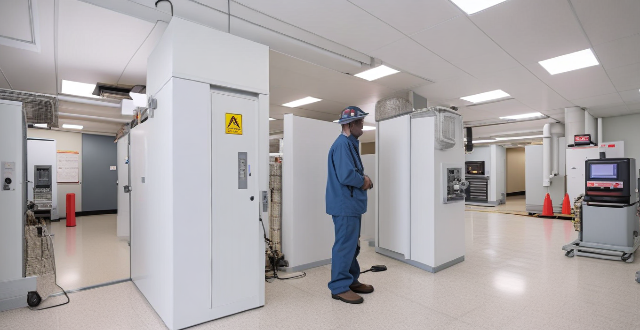
What safety measures are in place on cruise ships ?
Cruise ships implement various safety measures to ensure the well-being of passengers and crew, including muster drills, life-saving equipment, fire safety systems, medical facilities, security personnel, emergency response plans, navigation systems, and regular maintenance checks.

How do safety drills help identify potential hazards in the workplace ?
Safety drills are crucial exercises to simulate and identify potential hazards in the workplace. They help highlight weak links in safety procedures, test equipment and infrastructure, enhance visibility of hazardous areas, train for unexpected circumstances, and promote a culture of safety. By conducting regular drills, organizations can reduce accidents and ensure a safer environment for employees.

Are there any specific exercises or stretches that can help improve my golf game ?
Golf improvement through specific exercises and stretches, including core strengthening exercises like plank and Russian twists, flexibility and mobility stretches such as hamstring and hip flexor stretches, and putting practice drills like the line and gate drills to enhance precision and control.

How will interstellar exploration impact our understanding of the universe and our place within it ?
Interstellar exploration is a quest to understand the universe and our place in it. It has the potential to revolutionize scientific knowledge by unraveling cosmic origins, understanding planetary systems, and advancing physics. It can also impact human perspective by realizing our place in the cosmos, cultural and philosophical implications, and ethical considerations. Interstellar exploration stands at the threshold of transforming our knowledge and perceptions, pushing the boundaries of science, and reshaping humanity's self-image.

Can you provide examples of different types of safety drills ?
Safety drills are essential exercises designed to prepare individuals and organizations for emergencies. They help ensure that everyone knows what to do in case of an unexpected event, reducing the risk of injury or loss of life. Here are some examples of different types of safety drills: 1. Fire Drills: Alerting occupants of the building by sounding alarms, guiding them to exit routes and assembly points, ensuring that all areas are cleared, conducting a headcount to account for all individuals. 2. Earthquake Drills: "Drop, Cover, and Hold On" procedure to protect oneself from falling objects, evacuating the building only if it is safe to do so, knowing how to turn off utilities like gas and water to prevent further damage. 3. Active Shooter Drills: Knowing the "Run, Hide, Fight" strategy, how to report an active shooter situation to authorities, safe evacuation techniques without drawing attention to oneself. 4. Chemical Spill or Hazmat Incident Drills: Proper use of personal protective equipment (PPE), safe evacuation procedures, reporting the incident to emergency services, decontamination procedures for those who may have been exposed. 5. Medical Emergency Drills: Basic Life Support (BLS) and CPR techniques, use of automated external defibrillators (AEDs), first aid kit usage and management of injuries until professional help arrives.
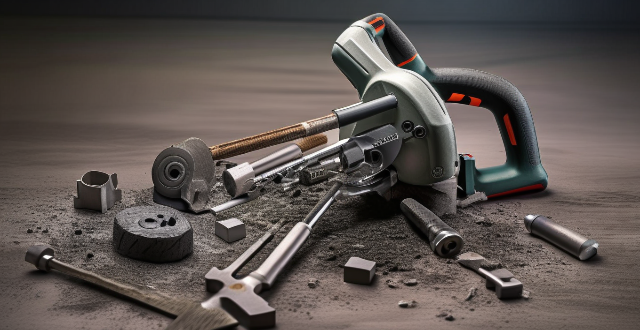
How can we ensure employee participation during safety drills ?
Strategies for ensuring employee participation during safety drills include clearly communicating the importance of these exercises, making them engaging and interactive, offering incentives for participation, and creating a supportive workplace culture. By implementing these strategies, employees are more likely to actively participate in safety drills, leading to improved preparedness for emergencies and a safer workplace overall.

How can I improve my reaction time and agility in sports ?
Reaction time and agility are essential components of athletic performance, determining how quickly an individual can respond to a stimulus and move their body effectively. To improve these skills, one should practice specific drills such as the reaction time ladder, cone weave, and box jumps. Incorporating strength training exercises like squats, lunges, deadlifts, and plyometric exercises can also enhance overall athleticism. Additionally, focusing on flexibility and mobility through stretches and foam rolling can reduce the risk of injury and improve range of motion. By implementing these strategies, individuals can enhance their reaction time and agility in sports.
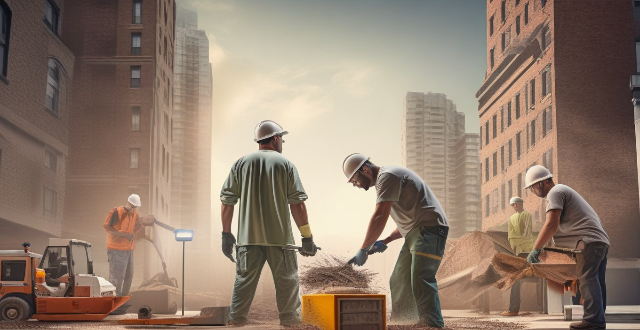
What role do safety drills play in emergency preparedness ?
Safety drills play a pivotal role in emergency preparedness by raising awareness, practicing response skills, building teamwork, assessing readiness, and ensuring compliance with regulations. They familiarize individuals with procedures, identify hazards, enhance key skills like evacuation and first aid, foster coordinated responses, develop leadership, reveal gaps for improvement, and meet legal standards, ultimately creating a culture of safety.

What tools do I need for basic home repairs ?
Basic Home Repairs Toolkit: Essential Tools for Common Household Tasks When it comes to basic home repairs, having the right tools is essential. Here are some of the most important tools you should have on hand for common household tasks: 1. Screwdrivers: Flathead and Phillips head screwdrivers for general use and assembling furniture. 2. Pliers: Needle-nose and slip-joint pliers for gripping and bending wires and cutting and gripping various materials. 3. Wrenches: Adjustable wrench and crescent wrench set for tightening and loosening nuts and bolts of various sizes. 4. Hammer: Claw hammer for driving nails and removing them from wood. 5. Tape Measure: Retractable tape measure for measuring distances and ensuring accuracy in cuts and installations. 6. Level: Torpedo level and carpenter's square for checking if objects are horizontally level and angles are square and true. 7. Handsaw: Hacksaw and keyhole saw for cutting through metal, plastic, or wood and making small, precise cuts in drywall or wood. 8. Drill/Driver: Cordless drill/driver with assorted drill bits and screw tips for drilling holes and driving screws into various materials. 9. Staple Gun: Manual staple gun for upholstery, fabric, and light duty fastening tasks, and electric staple gun for heavy-duty fastening tasks like installing flooring or ceiling tiles. 10. Utility Knife: Retractable utility knife for cutting open boxes, trimming materials, or scoring surfaces before snapping them apart. By having these basic tools on hand, you can tackle many common home repair projects with confidence and efficiency. Remember to keep your tools organized, clean, and properly maintained for safe and effective use.

How do I fix a squeaky floorboard without removing it ?
Squeaky floorboards can be a nuisance, but they don't necessarily require a full board replacement to fix. Here's a summary of steps you can take to quiet your floors without major renovation: 1. **Identify the Squeak's Source**: Locate the area where the squeak is loudest by walking over it and tapping nearby boards. Check for loose nails or screws. 2. **Tighten Loose Fasteners**: If the issue is due to loose nails or screws, tighten them using a drill with a screwdriver bit or a nail punch and hammer. 3. **Lubricate the Board**: Apply graphite powder, slide in shim coated with petroleum jelly into gaps, or use a lubricant spray to reduce friction. 4. **Add Support Underneath**: Use wood shims and construction adhesive to fill gaps and provide extra support. Reinforce or replace weak joists if necessary. 5. **Fill Gaps Between Boards**: For small gaps, use wood filler or apply wood glue along tongue and groove joints. Sand down any high spots. 6. **Maintain Proper Humidity Levels**: Use a dehumidifier in humid areas and ensure good air circulation beneath the floor. Monitor seasonal changes in humidity and adjust accordingly. By addressing these issues, you can eliminate squeaky floorboards without removing them. Regular maintenance and early problem detection can help prevent minor issues from becoming major ones.

What are the potential consequences of not having adequate biosafety policies in place ?
Biosafety policies are crucial for handling and containing biological materials safely. Inadequate biosafety measures can lead to direct and indirect exposure to pathogens, spread of disease, environmental contamination, legal and ethical issues, and economic impacts. It is vital for institutions and researchers to prioritize biosafety measures to protect human health, the environment, and society.

What are the best practices for emergency response ?
In the face of emergencies, a well-prepared and effective response can significantly mitigate damages and save lives. This article outlines the best practices for emergency response to ensure that organizations and communities can react swiftly and appropriately in times of crisis. These include preparation and planning, communication protocols, training and drills, and resource allocation. By following these practices, organizations can enhance their resilience and ability to manage crises effectively.
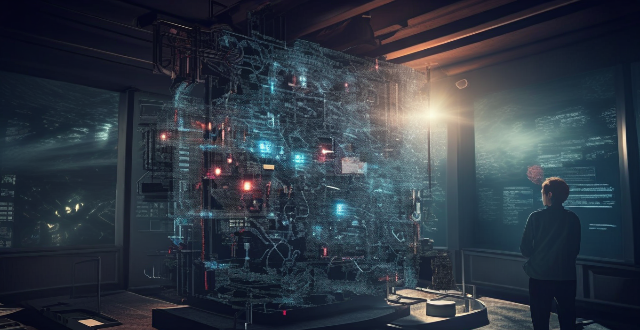
How does the method of loci (memory palace) work scientifically ?
The method of loci, or memory palace technique, is a mnemonic device that enhances memory recall by associating information with specific locations in a familiar place. The scientific explanation behind its effectiveness involves visualization, spatial navigation, and association processes in the brain, particularly engaging the prefrontal cortex and hippocampus. Benefits include improved memory recall, enhanced learning, increased focus, and reduced anxiety. To use this method, one should choose a familiar place, create mental images, assign locations, perform mental walkthroughs, and regularly review and refine the process.

How can I protect my home from wildfires ?
Wildfires can cause significant damage to homes and properties, but there are steps you can take to protect your home. Create a defensible space by removing dead vegetation, trimming trees and shrubs, creating a firebreak, mowing grass regularly, and removing combustible materials. Use fire-resistant materials such as Class A roofing materials, stucco siding, dual-pane windows with tempered glass, and solid core doors made of metal or fiberglass. Maintain your home by cleaning gutters, inspecting roofs and chimneys, checking electrical wiring, and maintaining heating systems. Have an evacuation plan in place by identifying escape routes, having a meeting place, packing emergency kits, and practicing evacuation drills.

How can I meet other travelers while backpacking ?
Backpacking is an incredible way to explore the world and experience different cultures. However, it can sometimes get lonely on the road. Here's how you can meet other travelers and make your journey more enjoyable: - **Stay in Hostels:** Hostels are a great place to meet fellow backpackers. They usually have communal areas where people gather to socialize. Some hostels also organize events like pub crawls or city tours which are perfect opportunities to meet new people. - **Join Tour Groups:** Signing up for a tour group is another excellent way to connect with other travelers. You'll share experiences and create bonds over common interests. Opting for adventure activities like hiking or diving will likely put you with like-minded individuals. - **Use Social Media and Apps:** The digital age has made it easier than ever to connect with people who share your passion for travel. Websites like Lonely Planet have forums where you can find travel companions or get advice. Apps such as Backpackr and Travello allow you to find travelers going to the same place as you and plan to meet up. - **Take Part in Local Activities:** Engaging in local activities is not only a great way to immerse yourself in the culture but also to meet other travelers interested in the same experiences. Learning a skill like cooking or dancing is a fun way to meet people. Volunteering for local projects can introduce you to a network of travelers and locals alike. - **Attend Local Festivals:** Local festivals draw crowds, including other travelers looking to experience the event. This setting is ideal for meeting new people. Music festivals often attract a young, international crowd. Participating in traditional festivals offers a deeper understanding of the culture and chances to meet travelers. - **Hang Out at Popular Landmarks:** Popular tourist spots are natural magnets for travelers. Spending time at these locations increases your chances of meeting others. Places like the Eiffel Tower or the Great Wall of China are bound to have other tourists. Head to popular viewpoints or scenic spots; they often attract photographers and adventurers. - **Eat at Local Restaurants:** Dining at local eateries during peak meal times increases your likelihood of encountering other travelers. Many backpackers look for a good breakfast place; you can start your day with new friends. Places that offer good value for money tend to attract backpackers. - **Learn the Local Language:** Having some knowledge of the local language can help you connect with both locals and other travelers trying to learn it. Look for language exchange meetups where you can teach English in exchange for learning the local language. Attending a language course is another way to meet people with similar interests.

What international agreements are in place to combat greenhouse gas emissions ?
The text provides an overview of several international agreements aimed at combating greenhouse gas emissions, including the Paris Agreement, Kyoto Protocol, and United Nations Framework Convention on Climate Change (UNFCCC). The Paris Agreement, adopted by 197 countries in 2015, sets targets for reducing emissions and adapting to climate change impacts. The Kyoto Protocol, effective from 2005, introduced binding emissions reduction targets for developed countries. The UNFCCC, a treaty from 1992, established principles and mechanisms to address climate change. Additionally, there are regional and sectoral agreements targeting specific industries or regions.
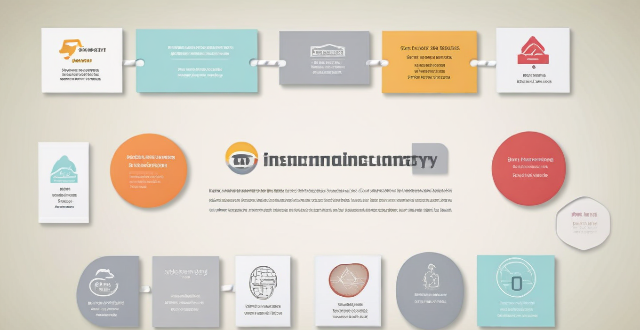
How can I ensure that my employees understand the meaning of various safety signs ?
To ensure that employees understand safety signs, conduct regularTo ensure that employees understand safety signs, conduct regular aids like posters and Conduct mock drills and encourage open communication through Q&A sessions and suggestion boxes. Provide access to online resources and printed materials for continuous learning.